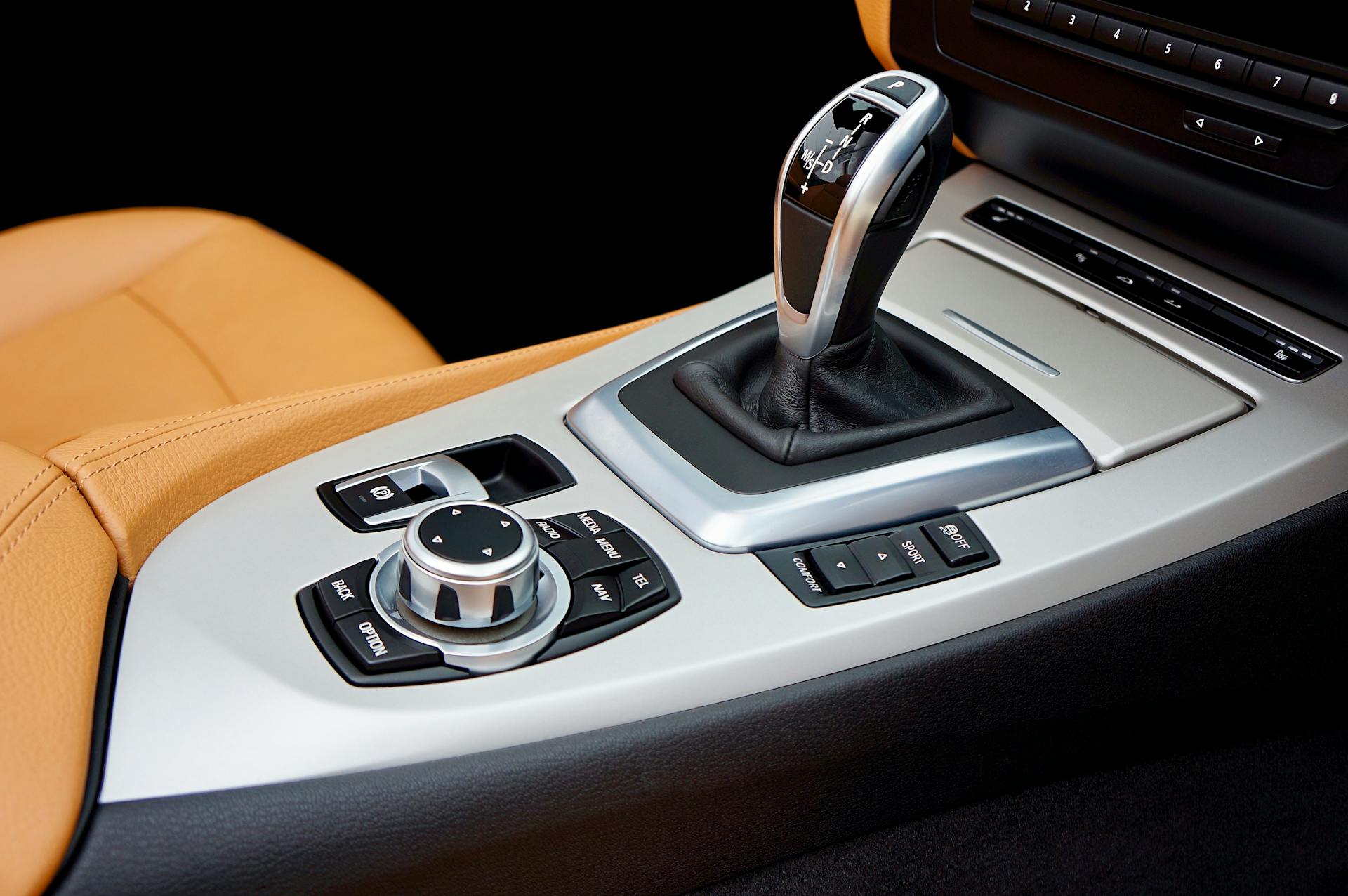Dual Clutch Transmissions (DCTs) represent a pinnacle of automotive engineering, offering lightning-fast gear changes that elevate driving experiences to new heights. Despite their remarkable performance capabilities, DCTs necessitate meticulous care and attention to ensure they operate at peak efficiency throughout their lifespan. In this comprehensive guide, we’ll delve into the intricacies of DCT technology, exploring its evolution, operation, and maintenance requirements. Whether you’re a seasoned DCT owner or considering purchasing a vehicle equipped with this advanced transmission, these expert tips will empower you to optimize performance and maximize longevity.
Evolution of Dual Clutch Transmission Technology
The roots of DCTs can be traced back to the latter half of the 20th century, where automotive engineers sought to marry the efficiency of manual transmissions with the convenience of automatic ones. While early iterations of DCTs faced skepticism from consumers, their potential was recognized by industry leaders like Porsche, who integrated them into their high-performance racing cars. Volkswagen further propelled DCTs into the mainstream with the introduction of the groundbreaking Direct Shift Gearbox (DSG) in the fifth-generation Golf in 2003, marking a pivotal moment in automotive history. Since then, DCT technology has continued to evolve, with manufacturers refining design and performance to meet the demands of modern drivers.
Understanding Dual Clutch Transmission Operation
At the heart of a dual-clutch transmission lies a sophisticated arrangement of gears, clutches, and hydraulic systems designed to facilitate rapid gear changes with minimal interruption to power delivery. Unlike traditional automatic transmissions, which utilize a torque converter to transfer power from the engine to the transmission, DCTs employ two separate clutch packs—one for odd-numbered gears and another for even-numbered gears. This dual-clutch arrangement enables the transmission to pre-select the next gear, allowing for near-instantaneous shifts with no interruption in power flow. Additionally, DCTs offer the flexibility of manual control, allowing drivers to shift gears manually via paddle shifters or the gear lever for a more engaging driving experience.
Types of Dual Clutch Transmission Configurations
DCTs come in various configurations to suit different vehicle applications and performance requirements. One key distinction is between single and multi-disc clutch setups, with multi-disc configurations offering greater torque capacity and thermal efficiency. Additionally, DCTs may utilize either dry or wet clutch arrangements, with wet clutches immersed in oil for improved cooling and lubrication. While wet multi-disc configurations are better suited to high-performance applications due to their ability to withstand higher temperatures and torque loads, dry clutch setups offer advantages in terms of weight and packaging efficiency. Regardless of configuration, all DCTs require specific care and maintenance to ensure optimal performance and longevity.
Maintenance Tips for Dual Clutch Transmission Vehicles
Owning a vehicle equipped with a DCT comes with its own set of maintenance considerations. To maximize the performance and lifespan of your DCT-equipped vehicle, consider the following expert tips:
- Stay Engaged for Efficiency: Embrace the convenience of DCTs by allowing the system to automatically disengage clutches when stationary, akin to a manual car’s engaged clutch. This not only improves fuel efficiency but also reduces wear on clutch components.
- Complete Stops for Smooth Transitions: Prioritize smooth gear changes by ensuring the vehicle comes to a complete stop before shifting gears, minimizing stress on transmission components. Avoid shifting while the vehicle is in motion to prevent premature wear and damage.
- Brake Engagement on Inclines: When stopped on inclines, maintain consistent brake pressure to prevent clutch engagement and reduce the risk of rollback. This helps minimize friction and heat buildup, prolonging the lifespan of clutch components.
- Gradual Acceleration for Longevity: Preserve transmission integrity by avoiding sudden bursts of acceleration, which can strain clutch components and lead to premature wear. Instead, opt for gradual throttle inputs to facilitate smoother gear engagement and reduce stress on the transmission.
- Seamless Motion for Reduced Wear: Maintain a steady driving pace to minimize clutch engagement and disengagement, reducing wear and tear on transmission components. Avoid aggressive driving maneuvers, such as rapid acceleration and abrupt deceleration, to prolong transmission lifespan.
- Handbrake Support When Parked: Alleviate stress on the transmission by utilizing the handbrake when parking, particularly on inclines. This helps prevent the vehicle from rolling and reduces strain on clutch components, promoting longevity.
- Fluid Maintenance for Optimal Lubrication: Regularly monitor transmission fluid levels and adhere to manufacturer-recommended service intervals to facilitate proper lubrication and cooling. Clean, high-quality transmission fluid is essential for maintaining smooth operation and preventing overheating or premature wear.
Conclusion
Dual-clutch transmission technology represents a significant advancement in automotive engineering, offering unparalleled performance and efficiency. However, to ensure your DCT-equipped vehicle operates at its best, it’s essential to follow specific maintenance guidelines tailored to these sophisticated transmissions. By implementing the expert tips outlined in this guide, you can maximize the performance and longevity of your DCT vehicle, enjoying smooth shifts and exhilarating driving experiences for years to come.

